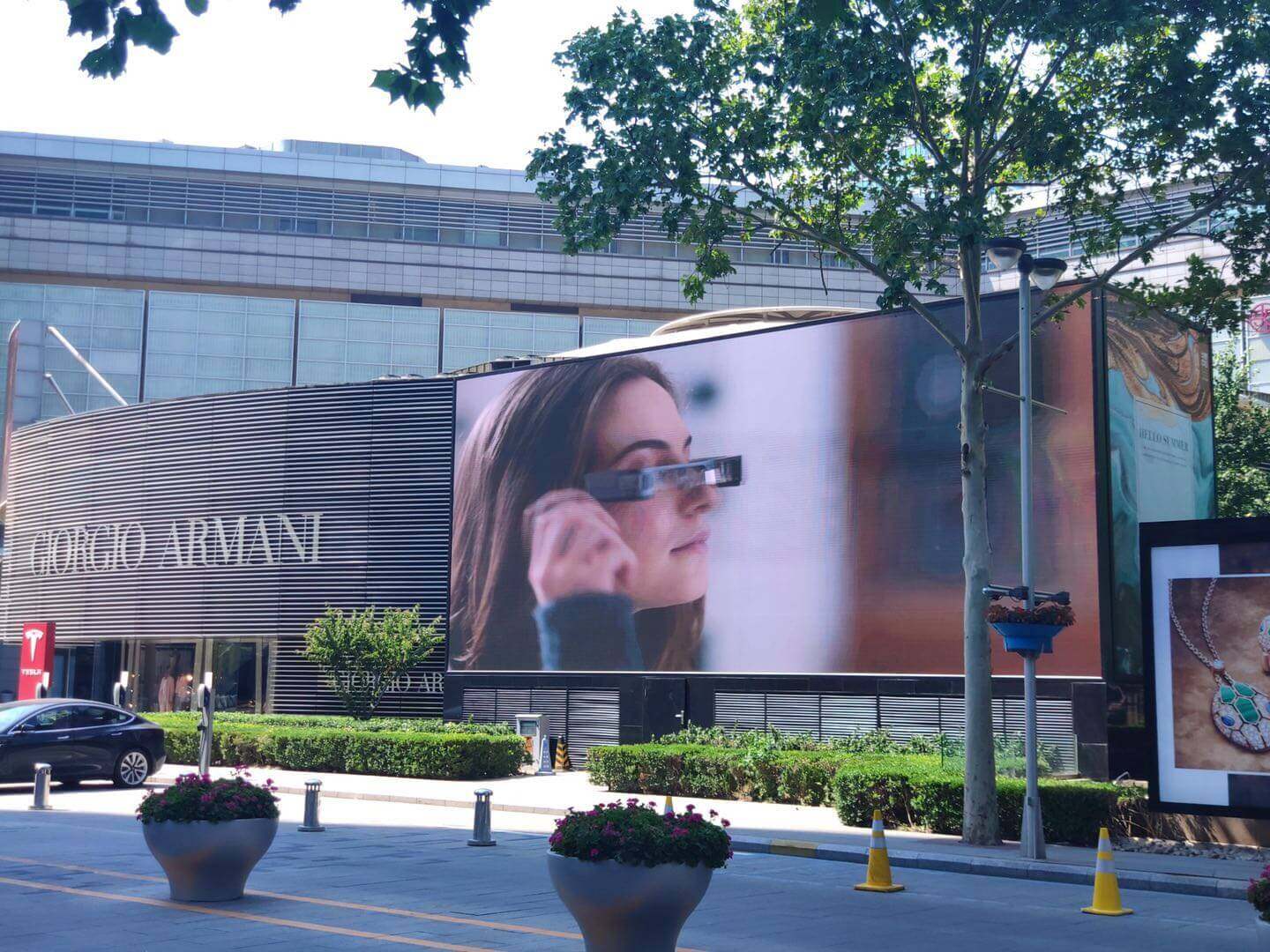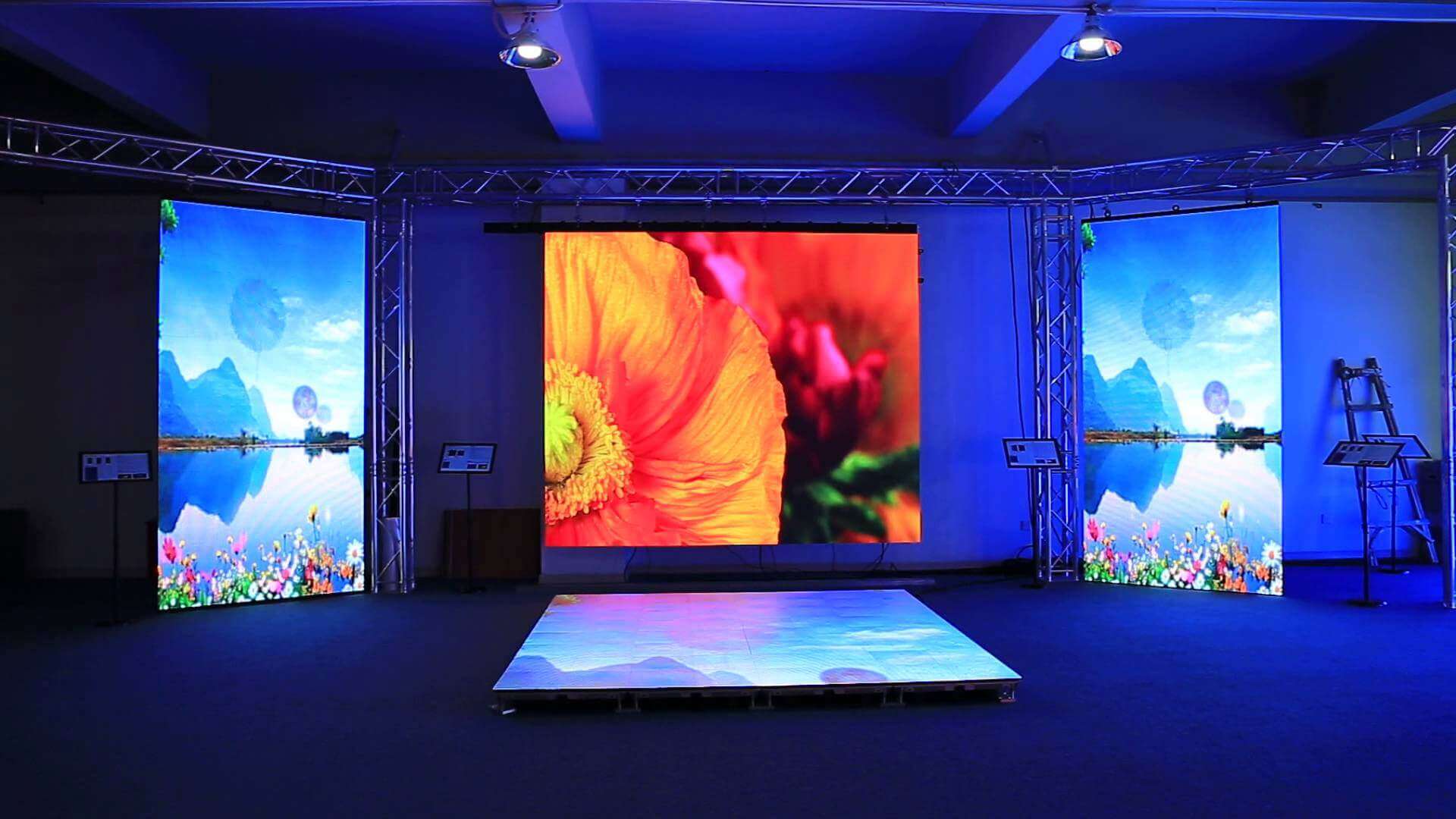Moisture proofing of outdoor LED displays
Moisture proofing of indoor LED displays
Users of LED displays know that moisture condensation is a big killer to screens and especially some connection parts that are not water-proof. Although it will not suffer from rain, it can‘t avoid moisture condensation. If the screen got water, it is most likely to corrode these parts. Over time, it will directly affect the use of LED displays.
In some cities with high humidity, moisture condensation occurs easily on circuit boards and parts due to the dramatic change of temperature. Water droplets condensed inside will easily cause permanent damage to interior parts. Under such circumstances, the service life of LED displays can be shortened from 30% to 50%, causing great damage to the company.
How to prevent water and moisture condensation, thus improving the service life of screen circuit boards and saving repair costs has become a major problem in the quality of LED displays. Therefore, in view of frequent moisture condensation and short service life of indoor and outdoor LED displays in harsh environments, the editor has prepared relevant solutions for all of you.
The application of many outdoor LED displays in our country has not dealt with the protection of circuit boards, thus the moisture condensation of outdoor LED displays exists on a wide level. By targeting this problem, we have found that applying conformal coating can not only prevent the condensation on circuit boards but also increase the service life of products.
The principle of the solution is mainly to attach a layer of conformal coating with micron-level thickness to the surface of the circuit board through low-concentration micron-level coating technology. As the layer has an extremely low surface tension, the dew on the circuit board will automatically slide off, thus preventing it from moisture condensation.
Electrical heating requires to add condensation proofing devices inside LED displays; to keep the temperature inside higher than the ambient temperature outside, and to keep low the relative humidity inside as much as possible. In doing so, moisture condensation inside the panel can be completely prevented.

As indoor air humidity is lower than outdoor air humidity, dust prevention of indoor LED displays is much easier than that of outdoor LED displays. In order to avoid the abnormal operation of LED displays caused by indoor air humidity, the following methods can be adopted to reduce humidity.
Ventilation devices are often installed to the LED displays. It can help moisture evaporate quickly and reduce the indoor relative humidity. However, it will increase indoor humidity if the weather is humid at where has no wind or air circulation.
It reduces the moisture in the air and keeps the indoor environment dry through physical absorption of moisture, so you don't have to worry about the screen being affected by damp. The environment of outdoor LED displays is more complex than that of indoor displays. The moisture-proofing of indoor LED displays, of course, should be applied well. You can also resort to some extra measures.

However, the protection of outdoor screens needs to stress not only the problem of humidity but also the daily water-proof maintenance. Fine sealing installation can help reduce the risk of adhesion of water and dust inside and outside the screens. Regular cleaning of screens can also help the cooling and reduce the adhesion of water vapor.
In any case, the most effective method to prevent moisture from damaging the function of displays, whether indoor or outdoor, is to use it often. The operation of the display itself will generate heat and evaporate water vapor, thus greatly reducing the possibility of moisture that often causes a short circuits. Therefore, the effect of humidity on frequently-used displays is much smaller than that on less-used displays.